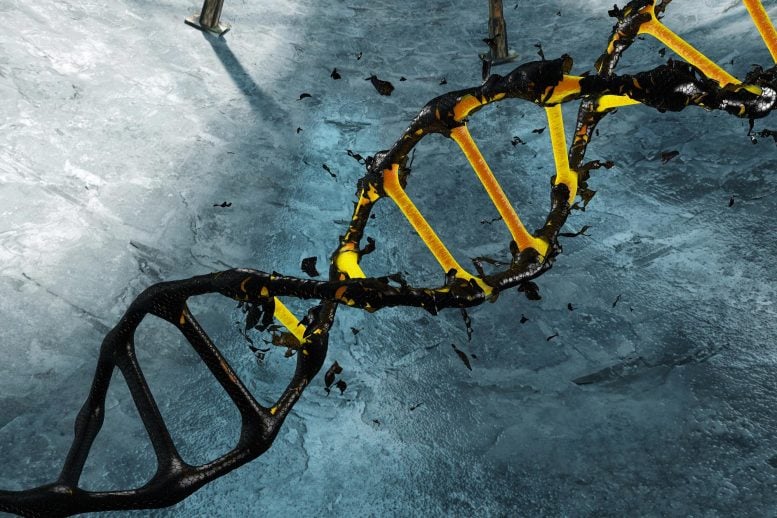
Genomic sequencing and mathematical modeling helped identify the source and spread of COVID-19 cases in New South Wales, guiding successful management strategies during the first wave of infections.
Genomic data from COVID-19 cases in the first 10 weeks of Australia’s outbreak proved vital to understanding the trajectory of the disease and has an important role to play moving forward.
A new study published today in the world-leading journal Nature Medicine, reveals how genomic sequencing and mathematical modeling gave important insights into the ‘parentage’ of cases and likely spread of the disease in New South Wales.
The data, from a collaboration between the University of Sydney and NSW Health, were used to inform actions that effectively managed the first wave of COVID-19 infections in the state.
The team of scientists from Westmead Clinical School and NSW Health Pathology is continuing to work behind the scenes, using the same approach to keep watch on new COVID-19 cases as Australia experiences a resurgence of infections.
“The high-resolution genomic data we produced across the first Sydney clusters were crucial to identifying the difference between imported cases and local community transmissions,” said Dr. Rebecca Rockett, lead author, and a virologist at the University of Sydney’s Marie Bashir Institute for Infectious Diseases and Biosecurity at Westmead Hospital.
“Within days of the first confirmed Australian cases, we designed a new process to effectively generate COVID-19 genetic fingerprints from positive cases.”
The University of Sydney team generated genetic data from 209 NSW COVID-19 cases. The data was used to supplement epidemiology information from contact tracing and inform public health follow-up.
Key findings
Among the findings, researchers identified a quarter of COVID-19 positive samples were local transmissions and were able to identify institutional clusters such as in healthcare facilities.
The data was strongly verified by a computational model developed by the Centre for Complex Systems which tracked and predicted the actual pandemic spread in Australia.
The model was used to inform government action to effectively reduce local community transmissions.
“Genome sequencing is the key to unlocking the puzzle of local transmission, and it’s critical that we continue to invest in this research to advance our ability to contain the virus in the long-term ” — Dr. Rebecca Rockett
Genomic sequencing explained
Genomic sequencing creates a ‘genetic fingerprint’ of organisms and maps the order of how chemical building blocks of a genome are organized.
The researchers looked at how the virus’s genetic sequence was organized by detecting and translating minute differences in each new infection. A genetic ‘family tree’ was created showing which COVID-19 positive cases were connected and to track clusters.
“The more fingerprints we took, and the critical information collected from the contact tracers, the easier it became to identify if someone contracted COVID-19 from a known cluster or case,” said Dr. Rockett.
“Very early on – we were able to discover cases which weren’t linked to a known cluster or case. This informed state and federal governments that community transmission was happening, and led to the border closures, revision of testing policies and other measures that stopped further spread of the virus.”
Dr. Rockett and her team managed to produce these genomic data so quickly because they leveraged years of experience in using genome sequencing to track down food-borne pathogens such as salmonella, during food poisoning outbreaks, and transmission of tuberculosis.
Moving forward
The study is a ‘behind the scenes’ look at the complex and coordinated effort by virologists, bioinformaticians, and mathematical modelers alongside clinicians and public health professionals.
Dr. Rockett’s lab is the dedicated facility hosted by NSW Health Pathology providing genomic sequencing data to NSW Health professionals working at the frontline of managing the pandemic.
“Genome sequencing is the key to unlocking the puzzle of local transmission, and it’s critical that we continue to invest in this research to advance our ability to contain the virus in the long-term not just to trace locally acquired cases, but also to identify new cases once border restrictions are lifted and travel resumes,” says Dr. Rockett.
Reference: “Revealing COVID-19 transmission in Australia by SARS-CoV-2 genome sequencing and agent-based modeling” by Rebecca J. Rockett, Alicia Arnott, Connie Lam, Rosemarie Sadsad, Verlaine Timms, Karen-Ann Gray, John-Sebastian Eden, Sheryl Chang, Mailie Gall, Jenny Draper, Eby M. Sim, Nathan L. Bachmann, Ian Carter, Kerri Basile, Roy Byun, Matthew V. O’Sullivan, Sharon C-A Chen, Susan Maddocks, Tania C. Sorrell, Dominic E. Dwyer, Edward C. Holmes, Jen Kok, Mikhail Prokopenko and Vitali Sintchenko, 9 July 2020, Nature Medicine.
DOI: 10.1038/s41591-020-1000-7
This study was supported by the Prevention Research Support Program funded by the NSW Ministry of Health and the National Health and Medical Research Council Centre for Research Excellence in Emerging Infectious Diseases. The funders of this study had no role in study design, data collection, data analysis and interpretation, or writing of the article.



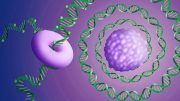
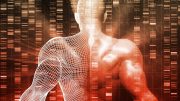
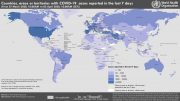
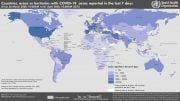
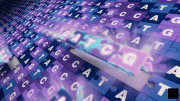

Be the first to comment on "How Genetic ‘Fingerprints’ of First COVID-19 Cases Help Manage Pandemic in Australia"